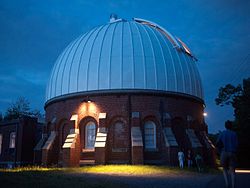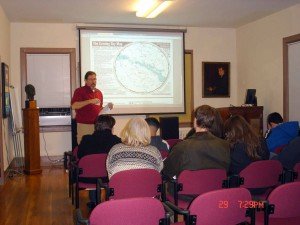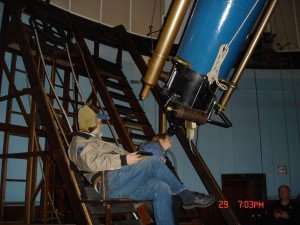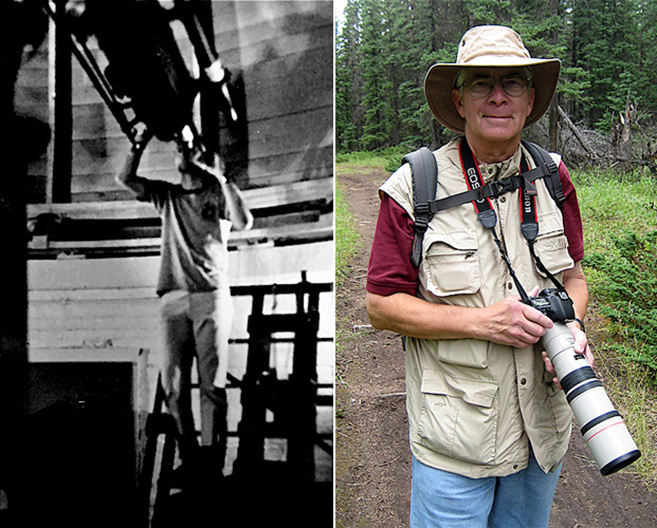Dobsonians are very simple to set up and operate. There is no computer; target locations are all in paper or smart-phone star charts, or in you own brain. A good star atlas costs about $20 (https://www.shopatsky.com/pocket-sky-atlas )
130 mm (~5-1/8″) aperture is pretty good for sucking in photons. However, photons gathered are proportional to the square of the aperture diameter. A 6″ Dob will gather (6/5.11)^2 = 1.378, and so gathers 37.8% more light. An 8″ Dob will gather (8/5.11)^2 = 2.451, and so gathers 245% the amount of light of 130mm aperture. A 10″ Dob will gather (10/5.11)^2 = 3.829, and so gathers 383% the light gathered by 130mm.
Drawbacks of Dobsonians are:
If it is indeed simple (i.e., up-powered and non-tracking), then you will need to nudge the tube along to track the object as the earth rotates.
If you bounce it around while transporting it, you may need to re-collimate it. Doing this makes sure all the mirrors are all lined up on the optical axis.
Given that for beginner level, these things are made with rigid tubes, they can increase exponentially in bulk and weight as the aperture increases. How much weight and size can the owner carry, transport and store at home?
Advantages of Dobsonians are:
You get the most aperture for the dollar. No money need go to computer, electronics or fine machining of metalwork.
You will learn about how to find objects in the sky. For a well set up, motorized, Go-To scope, you can observe Messier 57 (the Ring Nebula) by keying in “M57”. For a Push-To Dobsonian you will need to locate the constellation Lyra in the summer sky, to see the two stars of the outer edge of the parallelogram, and to point the scope at a spot 2/3 the way from Sulafat to Sheliak. The issue with the motorized, Go-To scope is getting it well set up and polar aligned (I guess you already know about this).
CAS has several Dobsonians. If you are interested, we should arrange an observing session where you can work with one for the evening.
Ed P.
CAS Mentor and Equipment Manager









You must be logged in to post a comment.